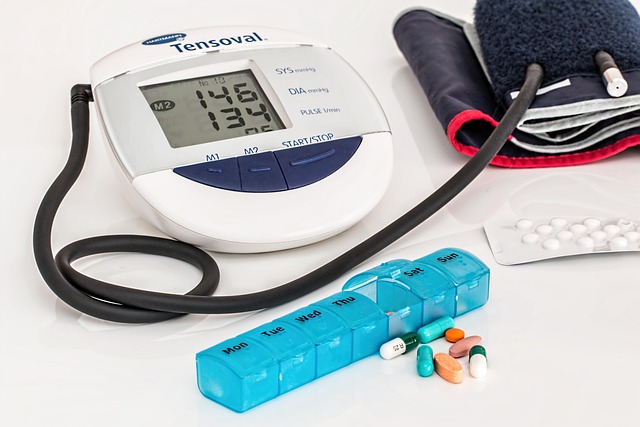Understanding the Cremation Process: Step-by-Step Overview
Cremation is a respectful process that many people don’t fully understand. From careful preparation to the return of ashes, each step follows strict standards and attention to detail. Learn how modern cremation works and what to expect at every stage.

Cremation is a process that many families choose, yet few fully understand the detailed steps involved from beginning to end. In the United Kingdom, cremation follows carefully regulated procedures that prioritize respect, dignity, and legal compliance. Understanding these steps can help families make informed decisions during difficult times and provide reassurance about the care taken throughout the process.
What Really Happens Before Cremation?
Before cremation can proceed, several essential preparatory steps must be completed. First, the deceased must be formally identified by a family member or designated representative. This identification process is repeated at multiple stages to ensure absolute certainty. Medical devices such as pacemakers must be removed, as they can explode under high temperatures and pose safety risks to crematorium staff and equipment.
The body is placed in a suitable coffin or casket, which must meet specific environmental and safety standards. In the UK, coffins used for cremation are typically made from wood, cardboard, or other combustible materials without metal handles or fittings that could damage the cremator. All necessary paperwork must be completed, including medical certificates and cremation authorization forms signed by two doctors and a medical referee. These legal safeguards exist to prevent any possibility of unlawful cremation.
The Untold Steps of Preparation
Once documentation is complete, the coffin receives a unique identification tag that remains with the deceased throughout the entire process. This tag is heat-resistant and ensures that the correct ashes are returned to the family. The coffin is placed in a holding area until the scheduled cremation time, always treated with utmost respect and dignity.
Crematorium staff conduct a final check to verify that all paperwork is in order and that the coffin meets regulatory requirements. The deceased is never removed from the coffin before cremation in UK facilities, maintaining dignity throughout. Some families choose to include personal items with their loved one, though certain materials like batteries, glass, or large metal objects must be removed beforehand.
How Long Does Cremation Take?
The actual cremation process typically takes between 60 and 120 minutes, depending on several factors including body size, weight, and the type of coffin used. Larger individuals and denser coffin materials require longer cremation times. Modern cremators are designed to operate at optimal efficiency while ensuring complete combustion.
After the cremation cycle completes, the chamber must cool sufficiently before staff can safely remove the remains. This cooling period can add another 30 to 60 minutes to the overall timeline. The entire process from placing the coffin in the cremator to collecting the ashes generally spans two to three hours, though families typically only attend a brief committal service at the beginning.
The Truth About Furnace Temperatures
Cremation chambers, properly called cremators or retorts, operate at extremely high temperatures to ensure complete and efficient combustion. In the United Kingdom, cremators typically reach temperatures between 760 and 1150 degrees Celsius. The process begins at lower temperatures and gradually increases to these peak levels.
These intense temperatures are necessary to reduce the body and coffin to bone fragments and ash. Modern cremators use sophisticated computer controls to maintain optimal temperatures throughout the process, ensuring thorough cremation while minimizing environmental emissions. UK crematoriums must comply with strict environmental regulations regarding emissions, with advanced filtration systems removing harmful pollutants before gases are released.
What Remains Look Like After Cremation
Contrary to popular belief, cremation does not produce fine ash immediately. What remains after the cremation process are bone fragments, which appear grey or white in color and have a coarse, granular texture. These fragments must be processed further to create the fine ash that families receive.
Crematorium staff carefully remove the remains from the cremator and separate any metal items, such as surgical implants or coffin fittings, which are typically recycled. The bone fragments are then placed in a cremulator, a specialized machine that grinds them into a fine, uniform powder. This is the ash that families recognize and receive, usually weighing between 1.8 and 3.6 kilograms for an adult.
The ashes are placed in a simple container or urn, depending on the family’s preferences and arrangements. The identification tag accompanies the ashes throughout, ensuring complete traceability. Families can then collect the ashes, have them scattered at the crematorium’s designated garden of remembrance, or arrange for scattering or burial at another location.
Conclusion
The cremation process involves multiple carefully controlled steps designed to ensure dignity, respect, and legal compliance throughout. From pre-cremation preparations and documentation to the high-temperature combustion and final processing of remains, each stage follows strict protocols. Understanding these steps can provide comfort and clarity to families during difficult times, helping them make informed decisions about end-of-life arrangements. The modern cremation process combines traditional respect for the deceased with contemporary technology and environmental responsibility, offering families a meaningful option for saying goodbye to their loved ones.




